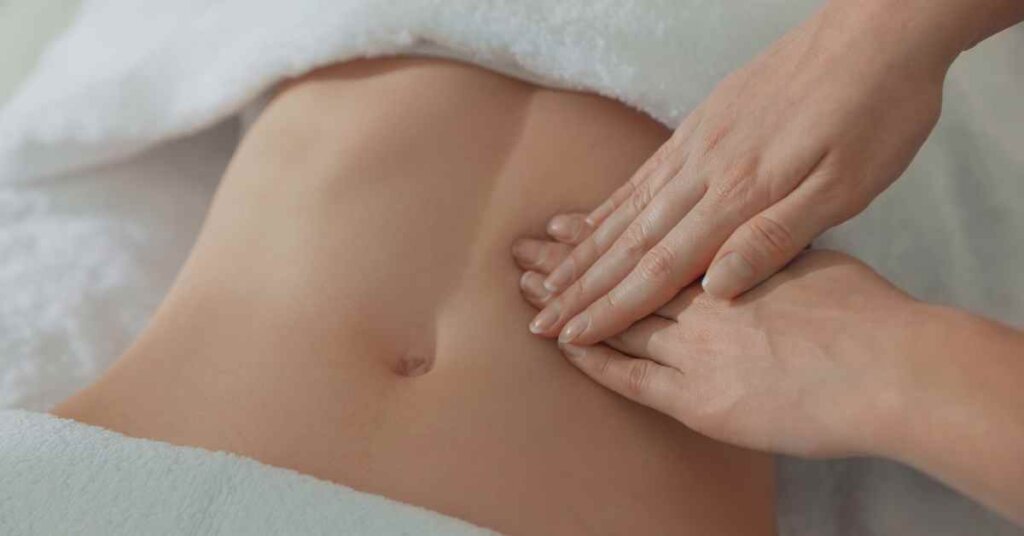Lymphatic drainage massage has become a popular choice for reducing swelling and supporting overall wellbeing. But while the benefits often take centre stage, it’s just as important to understand the potential lymphatic drainage side effects.
Like any therapeutic treatment, this gentle massage can come with a few drawbacks. Some people may notice mild, temporary effects. Others might experience more noticeable discomfort.
In this article, I’ll guide you through the most common lymphatic drainage side effects, who should avoid the treatment, and what steps you can take to feel your best afterwards.
A Quick Look at the Lymphatic System
First, let’s take a moment to refresh how the lymphatic system works.
Your lymphatic system plays a key role in clearing waste, balancing fluids, and supporting your immune health. It’s a network of vessels, nodes, and organs that quietly work in the background to keep your body in balance. Unlike your blood, which has the heart to keep it moving, lymph fluid travels slowly. It relies on your body’s natural movements, muscle contractions, and breathing to flow.
As lymph makes its way through your body, it passes through small filters called lymph nodes. These are found in areas like your neck, underarms, and groin. Their job is to catch bacteria, viruses, and other unwanted substances before they can spread. When your lymphatic system is working well, it keeps fluids moving, clears away waste, and helps protect you from infections.
But when it slows down—whether from illness, surgery, stress, or simply being less active—fluid can build up. This can lead to puffiness, bloating, or a feeling of heaviness.
That’s where lymphatic drainage massage can help.
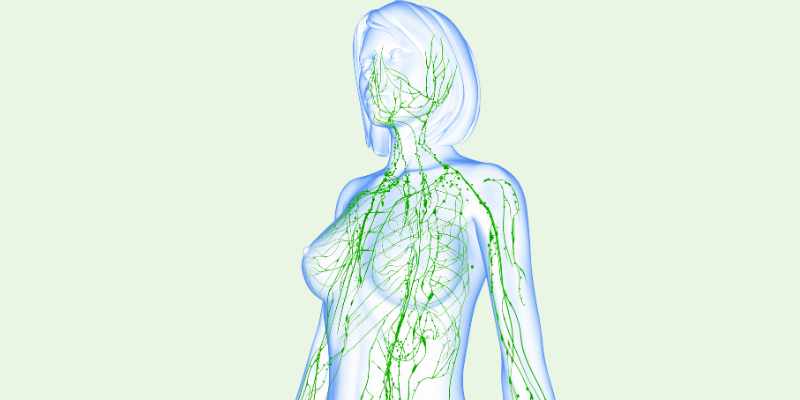
What Is Lymphatic Drainage Massage?
Lymphatic drainage massage is a gentle, hands-on technique that encourages lymphatic fluid to flow more freely helping your body clear away the excess and feel more balanced again. Unlike deep tissue massage, which focuses on muscles, this method targets your lymphatic system.
It’s often recommended after surgery or illness, particularly when swelling is an issue. Others choose it as part of their self-care routine to ease fluid retention and promote balance.
How Lymphatic Drainage Massage Works
Lymphatic drainage massage uses slow, light, and rhythmic movements that follow the natural direction of lymph flow. It’s very different from deep tissue or sports massage, which use more pressure and work on muscles.
A trained therapist usually starts by gently stimulating the areas where major lymph nodes are found. By focusing here first, the massage clears the way for lymph from the rest of your body to drain properly.
Once these areas are prepared, the therapist uses sweeping, circular strokes to guide the fluid from swollen or congested areas towards the lymph nodes. There, it can be filtered and safely reabsorbed by the body.
This method works with your body, not against it. The movements are purposeful but subtle—and while they might not feel like much during the session, many people report feeling lighter and less puffy afterwards.
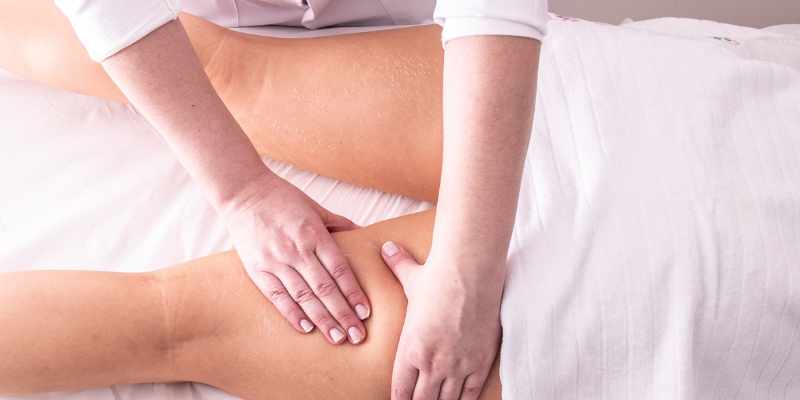
Common Side Effects of Lymphatic Drainage Massage
For most people, lymphatic drainage massage feels gentle and relaxing. But even though it’s a mild treatment, it can still lead to some short-term side effects—especially if it’s your first time or if your body isn’t used to this kind of stimulation.
Here are the most common lymphatic drainage side effects, along with a few tips that I’ve found helpful along the way.
1. Fatigue or Tiredness
Many people feel a little more tired than usual after their massage. It’s not surprising, really. Lymphatic drainage encourages your body to shift fluids and process waste, which takes extra energy. You might find yourself wanting a nap or feeling like you need a slower pace for the rest of the day.
I usually plan something quiet after my session, just to give my body space to rest. It’s not a bad thing—more like your body’s way of saying, “Thanks for the reset!”
2. Increased Urination
One thing you’ll probably notice is a need to visit the loo more often. This is a sign that your body is flushing out the extra fluid and waste that’s been moved during your massage. It’s completely normal—and actually a good thing.
What helps? Drinking plenty of water before and after your massage keeps things moving. Think of it as helping your lymphatic system finish the job.
3. Temporary Swelling or Puffiness
If this happens, I find elevating the area and staying hydrated speeds things up. Resting with your legs propped up (if that’s where the swelling is) often works wonders.
Sometimes, people experience temporary swelling in areas that weren’t swollen before. This happens when lymph fluid is rerouted but hasn’t quite made its way out of the system yet. It can be a little unsettling if you’re not expecting it, but it usually settles within a few hours.
4. Nausea or Digestive Changes
Lymphatic drainage massage can trigger your digestive system. You might feel a bit queasy, or you may notice changes in your bowel movements for a day or two. This is linked to the body’s detox process.
If this happens to me, I stick to simple, light meals for the day. Think soups, smoothies, or a plain salad—nothing too heavy. It usually passes quickly.
5. Headaches
Occasionally, people develop a mild headache after their massage. This is often due to dehydration or the release of toxins. Drinking water and resting in a quiet space can help ease the discomfort.
If you’re prone to headaches, try drinking a glass of water before your session and bring a water bottle along for after.
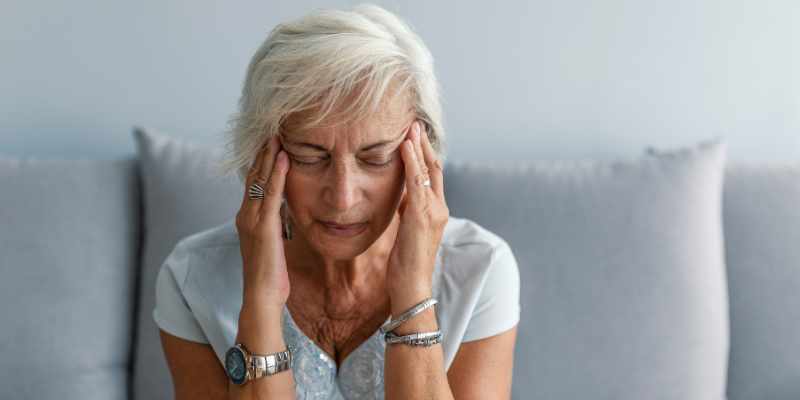
6. Skin Breakouts
Your skin is one of the body’s largest detox organs. It’s not uncommon to experience a breakout after a lymphatic drainage massage as your body processes and eliminates waste. I’ve had a few tiny breakouts pop up after a session, and while it’s not ideal, they tend to clear within a couple of days.
I avoid heavy skincare products during this time and stick to gentle cleansing and a light moisturiser until things settle down.
7. Flu-Like Symptoms (The “Detox Flu”)
This isn’t common, but it does happen from time to time. Some people (myself included) feel achy, tired, or develop mild flu-like symptoms after their massage. You might also notice swollen lymph nodes or a low-grade fever.
If this happens, it’s usually short-lived—typically gone within 24 hours. It’s a sign that your body is working hard to clear out waste. Rest, stay hydrated, and take it easy.
How to Minimise Lymphatic Drainage Side Effects
Most side effects from lymphatic drainage massage are mild and pass quickly. But a little aftercare goes a long way in helping you feel your best.
- Drink extra water. As mentioned before, staying well-hydrated helps your body flush out waste and reduces the chance of headaches or sluggishness.
- Rest if you need to. If you’re feeling tired, it’s your body’s way of asking for a break.
- Stick to light meals. Nourishing, simple foods are easier to digest while your body adjusts.
- Avoid alcohol and caffeine for the day. These can dehydrate you when your body needs extra support.
- Gentle movement can help. A short walk encourages circulation without overdoing it.
If something doesn’t feel quite right—or if symptoms last longer than a day or two—it’s always a good idea to speak to a healthcare professional.
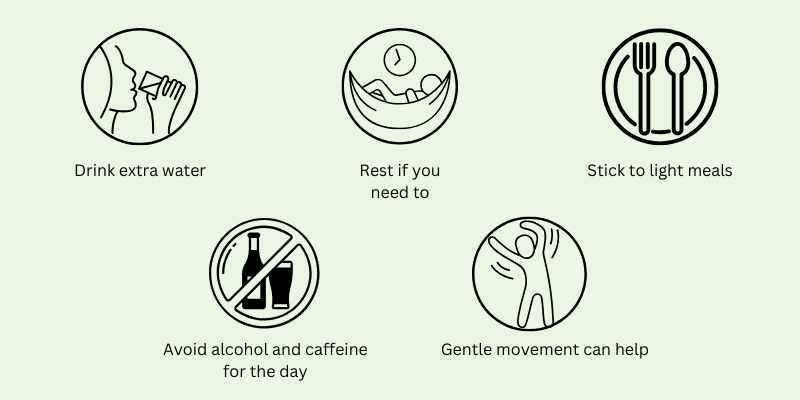
Who Should Avoid Lymphatic Drainage Massage?
While lymphatic drainage massage is gentle and generally safe, it’s not the right choice for everyone. In some cases, it can do more harm than good. Here’s a closer look at when you should avoid this treatment—or at least proceed with extra care.
People With Heart Conditions
If you have a heart condition such as congestive heart failure, lymphatic drainage massage may not be safe. Moving extra fluid through your body can put additional strain on the heart, which can be risky. Always get medical advice first if you have any concerns about your heart health.
People With Kidney Problems
Your kidneys play a key role in filtering and removing waste. If they’re not working properly, encouraging your body to release more fluid can be overwhelming for them. Anyone with kidney failure or severe kidney disease should avoid lymphatic drainage massage unless advised otherwise by a healthcare professional.
People With Active Infections
If you’re fighting an infection, it’s best to wait. Lymphatic drainage massage can potentially spread infection through your system, making things worse instead of better. It’s safest to let your body heal first.
People With Blood Clots (Deep Vein Thrombosis)
If you have a history of blood clots or deep vein thrombosis (DVT), you’ll want to avoid this treatment. The massage encourages circulation, and in rare cases, this could dislodge a clot. This can be dangerous and even life-threatening. Speak to your doctor first if you’re unsure.
People With Cancer (Undergoing Treatment)
If you’re currently undergoing cancer treatments like chemotherapy or radiation, or if cancer has spread through the lymphatic system, lymphatic drainage massage is not advised. Stimulating the lymphatic system can potentially spread cancer cells. If you’re in remission or under a specialist’s care, it’s something to discuss with your oncologist.
Pregnant Women (First Trimester)
In most cases, it’s best to avoid lymphatic drainage massage during the first trimester of pregnancy. Some therapists offer it later on, but only when it’s safe and with the approval of your healthcare provider. If you’re pregnant and considering this treatment, be sure to consult a specialist who has experience with prenatal massage.
People With Skin Conditions
If you have certain skin conditions, like severe eczema, psoriasis, or open wounds, lymphatic drainage massage might irritate your skin further. It’s always best to wait until your skin has healed or at least check with your therapist for tailored advice.
A Word of Advice About Lymphatic Drainage Side Effects
If you have any existing health concerns, speak to your doctor before trying a lymphatic drainage massage. Even if you feel fine, it’s always better to be cautious—especially if this is your first time.
A qualified massage therapist will usually ask about your medical history before starting, but it’s still a good idea to be upfront about any issues.
And for those who wonder “Can you overdo lymphatic drainage?”– yes, it is possible to overdo it. Too many sessions in a short space of time can overwhelm your system, leaving you feeling drained or unwell. For most people, one or two sessions a week is more than enough. If you’re unsure how often you should have treatment, your therapist or healthcare provider can help you find the right balance.

Final Thoughts on Lymphatic Drainage Side Effects
Lymphatic drainage massage can be a gentle and effective way to support your body’s natural processes. But like any treatment, it’s important to understand the potential side effects and whether it’s the right choice for you.
If you decide to go ahead with it, remember to keep things simple—drink water, rest if you need to, and be kind to yourself. Your health always comes first.
If you’re curious about gentler ways to support your lymphatic health at home, you might enjoy reading my article on the benefits of using a lymphatic drainage tool. It’s a simple and accessible option that I’ve found helpful in my own routine.
And if you’re looking for more natural ways to care for your health and wellbeing, feel free to explore The Nature’s Magic Hub website for more tips and inspiration.
If you enjoyed this article, feel free to share it with your friends and family to spread the knowledge!
Don’t forget to follow us on social media for more tips, updates, and insights into natural remedies and holistic wellness.
Join our community and stay connected to discover the magic of nature for a healthier, happier life!

